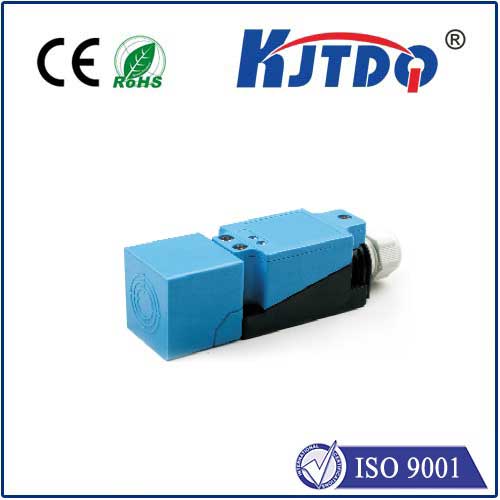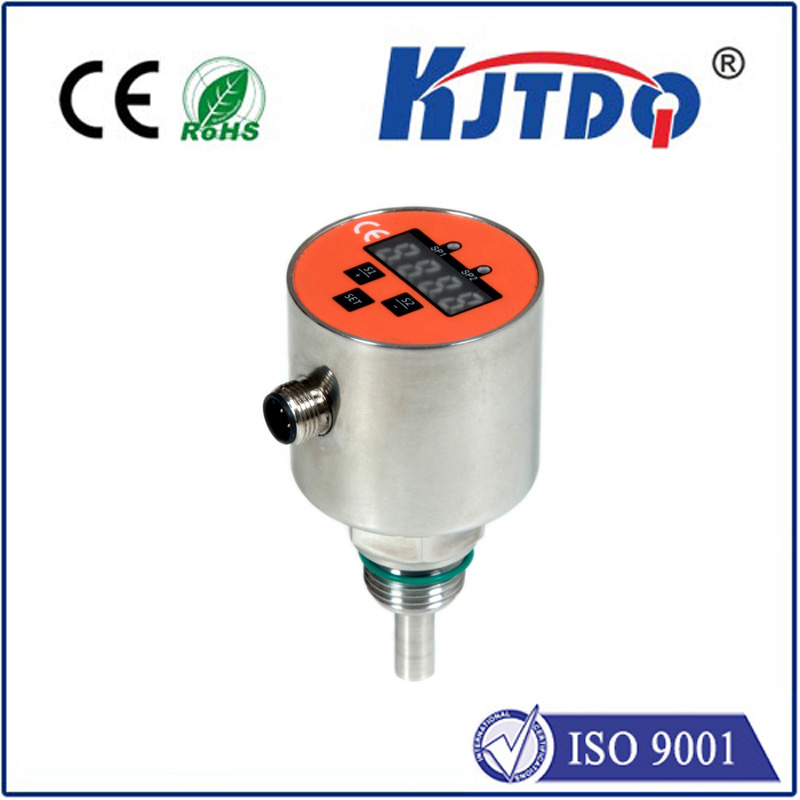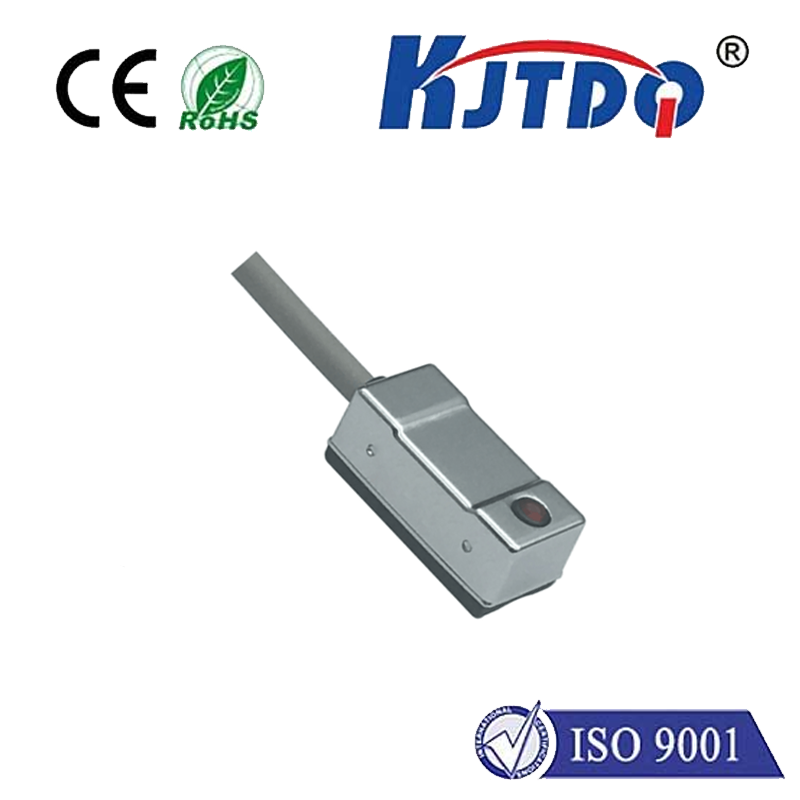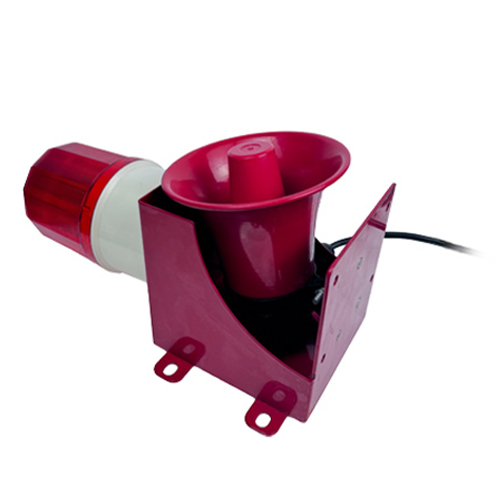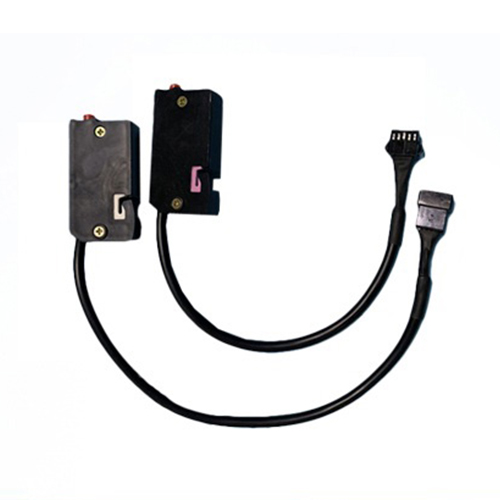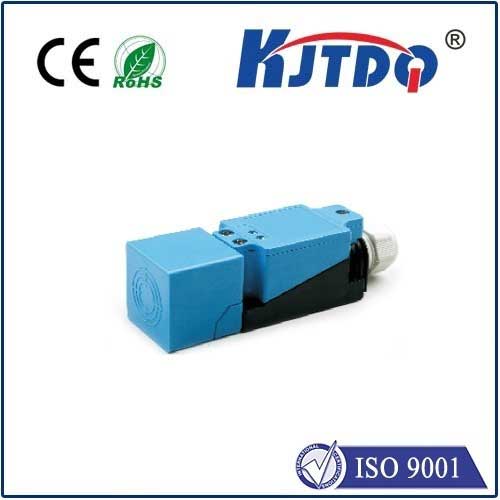Unlocking the Mysteries of the Electromagnetic Proximity Sensor In the ever-evolving landscape of technology, electromagnetic proximity sensors stand out as a vital component in various industries. These sensors are designed to detect the presence and distance of nearby objects without any physical contact, making them indispensable in numerous applications. This article delves into the fundamentals, benefits, and diverse uses of electromagnetic proximity sensors.
An electromagnetic proximity sensor operates based on the principle of electromagnetism and induction. It generates an electromagnetic field when an alternating current (AC) passes through a conductor coil. When a metallic object comes close to this field, it disturbs the field, causing changes in the sensor’s impedance or voltage. This change is then converted into an electrical signal, which can be used for further processing.
At its core, an electromagnetic proximity sensor consists of an oscillator circuit that produces a high-frequency AC signal. This signal induces a magnetic field around a coil. Upon the approach of a conductive target, eddy currents are induced within the target, which in turn alters the electromagnetic field surrounding the coil. Consequently, the oscillator’s output signal varies due to changes in inductance. Detection circuitry then measures these variations, translating them into a digital or analog output signal indicative of the object’s proximity.
One of the primary advantages of electromagnetic proximity sensors is their ability to operate without physical contact, reducing wear and tear on both the sensor and the detected object. Additionally, they offer high precision and reliability, making them suitable for demanding industrial environments. Their rugged design ensures longevity even under harsh conditions such as dust, moisture, and extreme temperatures. Moreover, these sensors are capable of detecting non-ferrous metals as well as ferrous materials with equal efficiency.

Electromagnetic proximity sensors find applications across a wide range of fields:
Automation Industry: In manufacturing processes, they ensure accurate positioning and control of machinery parts, enhancing productivity while minimizing downtime.
Перевозка материалов: By detecting the presence or absence of products on conveyor belts, these sensors streamline packaging operations and prevent bottlenecks.
Security Systems: In alarm systems, they detect unauthorized entry by sensing doors or windows being tampered with.
Transportation: They play a crucial role in monitoring vehicle positioning within rail systems or ensuring safe parking distances in automobiles equipped with advanced driver-assistance systems (ADAS).
Consumer Electronics: From smartphones to washing machines, these sensors help automate functions like screen brightness adjustment based on ambient light or door status detection.
The versatility and robust performance of electromagnetic proximity sensors make them an invaluable tool in modern technology. As industries continue to innovate and seek efficient solutions, the demand for these sensors is likely to grow exponentially. Whether it’s improving automation processes or enhancing security measures, the impact of electromagnetic proximity sensors cannot be overstated. With ongoing advancements in technology, one can only anticipate even more sophisticated applications emerging in the future.


